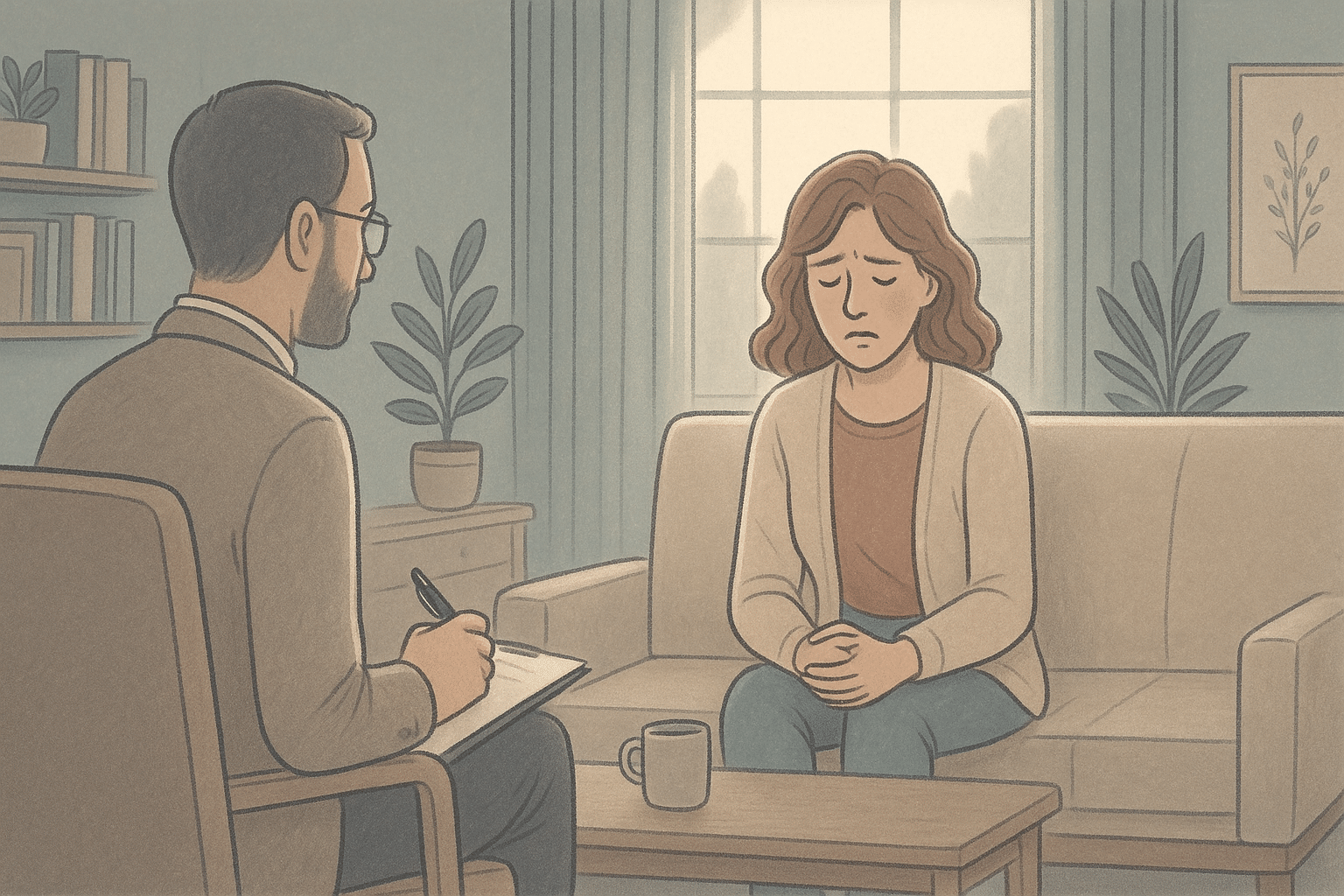Zimmerman M, Ruggero CJ, Chelminski I, Young D. Is bipolar disorder overdiagnosed? J Clin Psychiatry. 2008 Jun;69(6):935-40. doi: 10.4088/jcp.v69n0608. PMID: 18466044.
Healy, D. (2006). The latest mania: Selling bipolar disorder. PLoS Medicine, 3(4). https://doi.org/10.1371/journal.pmed.0030185
Singh T, Rajput M. Misdiagnosis of bipolar disorder. Psychiatry (Edgmont). 2006 Oct;3(10):57-63. PMID: 20877548; PMCID: PMC2945875.
Healy, D. (2006). The latest mania: Selling bipolar disorder. PLoS Medicine, 3(4). https://doi.org/10.1371/journal.pmed.0030185
Zimmermann P, Brückl T, Nocon A, et al. Heterogeneity of DSM-IV Major Depressive Disorder as a Consequence of Subthreshold Bipolarity. Arch Gen Psychiatry. 2009;66(12):1341–1352. doi:10.1001/archgenpsychiatry.2009.158
Zimmerman M, Ruggero CJ, Chelminski I, Young D. Psychiatric diagnoses in patients previously overdiagnosed with bipolar disorder. J Clin Psychiatry. 2010 Jan;71(1):26-31. doi: 10.4088/JCP.08m04633. Epub 2009 Jul 28. PMID: 19646366.
“DSM-5 Criteria for Major Depressive Disorder.” MDCalc, https://www.mdcalc.com/calc/10195/dsm-5-criteria-major-depressive-disorder#when-to-use. Accessed 12 April 2025.
Flayton, L. (2024, November 19). Understanding the difference between bipolar and borderline personality disorder. NewYork-Presbyterian. https://healthmatters.nyp.org/understanding-difference-bipolar-borderline-personality-disorder/
Burdick KE, Millett CE, Russo M, Et. al, The association between lithium use and neurocognitive performance in patients with bipolar disorder. Neuropsychopharmacology. 2020 Sep;45(10):1743-1749. doi: 10.1038/s41386-020-0683-2. Epub 2020 Apr 29. PMID: 32349118; PMCID: PMC7419515.
Kusumakar V. Antidepressants and antipsychotics in the long-term treatment of bipolar disorder. J Clin Psychiatry. 2002;63 Suppl 10:23-8. PMID: 12392350.
“APA Dictionary of Psychology.” APA Dictionary of Psychology, https://dictionary.apa.org/cognitive-behavior-therapy. Accessed 20 February 2025.
“What is EMDR?” EMDR Institute, https://www.emdr.com/what-is-emdr/. Accessed 20 February 2025.














